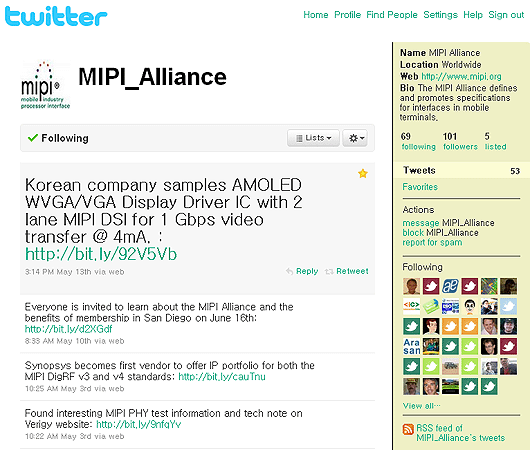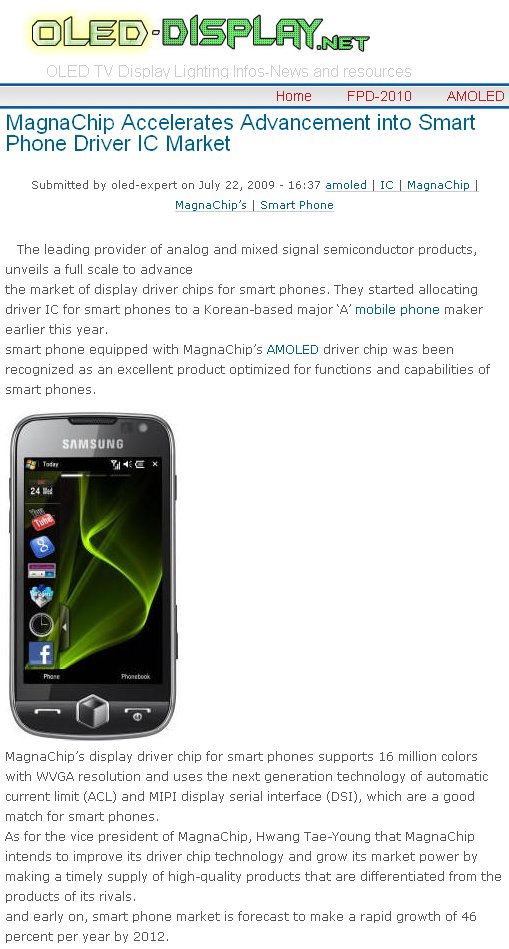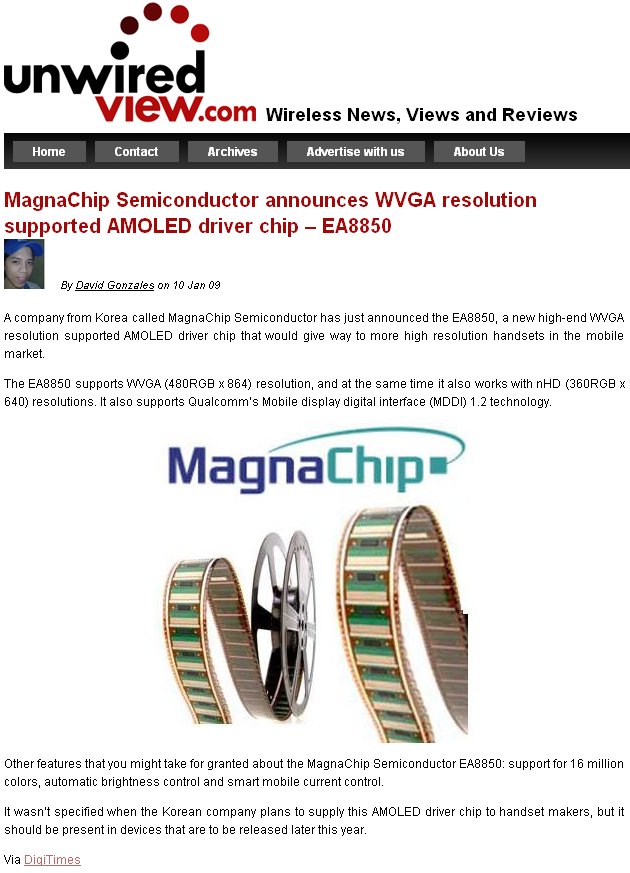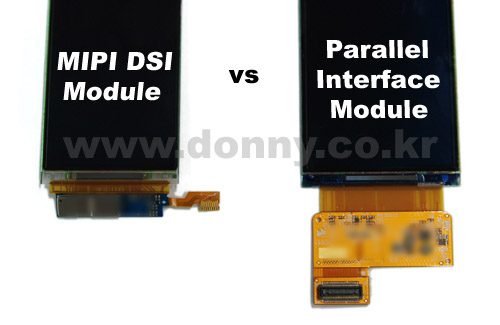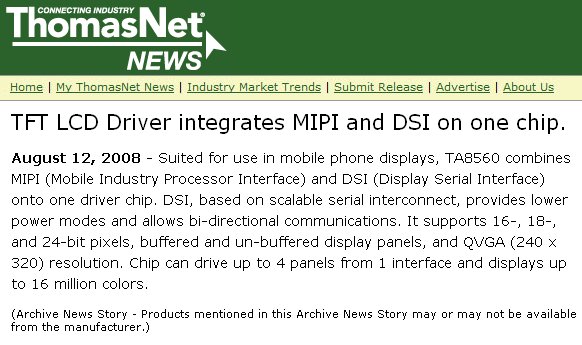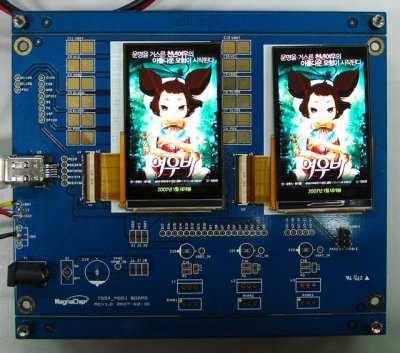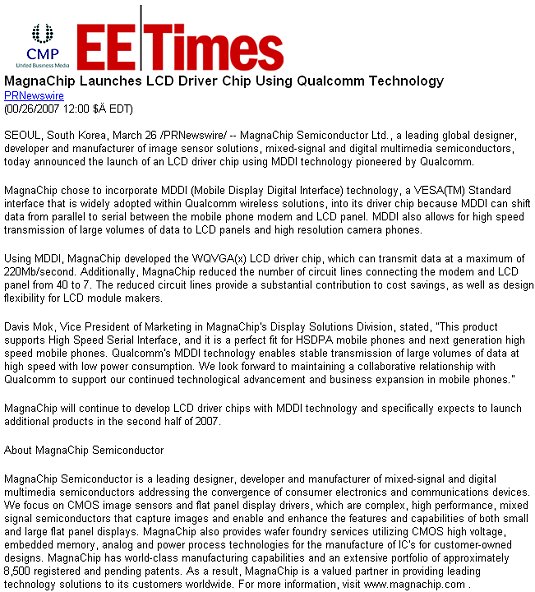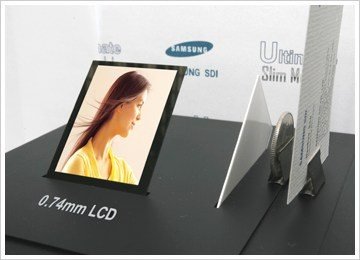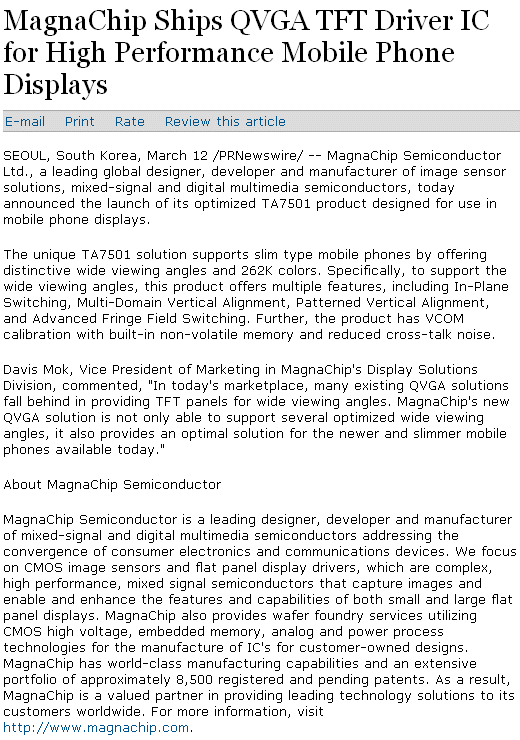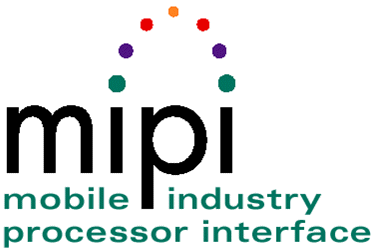LCD와 AMOLED Display를 비교하는 글들이 국내 및 국외 싸이트에 많이 있습니다.
특히 iPhone 4의 Retina Display와 Galaxy S의 Super AMOLED의 화질을 비교하는 글들이 많이 있습니다.
스마트폰별 디스플레이 특성 비교해 놓은 자료 중 http://www.displaymate.com/Smartphone_ShootOut_1.htm 가 매우 상세하고 객관적이니 참고하시기 바랍니다.
화질에 대한 평가는 개개인의 선호도에 따라 다른 부분이고, 저는 디스플레이 업계에 몸담고 있는 입장에서 각 패널들의 실제 Pixel구조가 궁금해서 비교해 보았습니다.
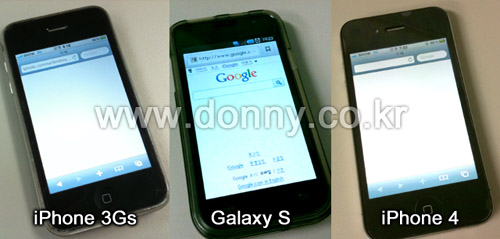
iPhone 3Gs는 @KyonghoKim 님, iPhone4는 @OyPark 님, Galaxy S는 @LimGyuHo 님께서 빌려주셨습니다. 촬영하려고 보니 Galaxy S는 AMOLED를 사용한 폰들이 그렇듯 UI화면이 모두 Black이라 살짝 고민하다가 Google 웹싸이트에 접속했습니다.
본래 계획은 15배율의 LUPE에 대고 아이폰으로 찍으려고 했는데, 15배로 픽셀구조가 보이는 3Gs와 Galaxy S에 비해 iPhone 4는 전혀 픽셀구조가 보이지않아서, Probe Station에 있는 현미경을 사용하였습니다.
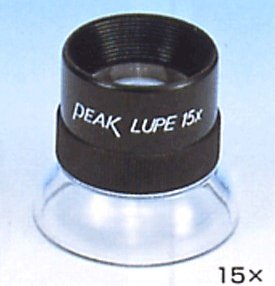
아래는 각 패널을 모두 같은 배율로 촬영하고 한눈에 비교가되도록 배치한 것입니다. 척보기에도 차이가 많이 납니다.
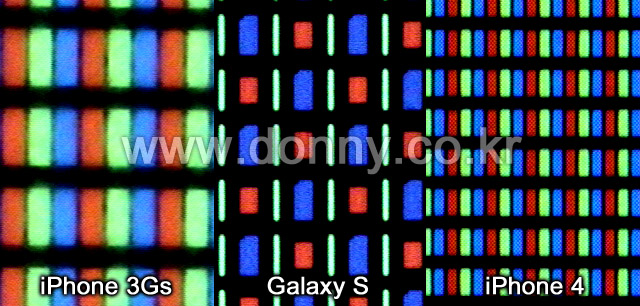
각각 좀더 자세히 살펴보겠습니다.
먼저 iPhone 3Gs는 가장 보편적인(보통의 LCD 모니터와도 동일한) RGB Stripe구조입니다.
그중에서도 IPS LCD(In Plane Switching Liquid Crystal Displays) 방식을 사용하고 있습니다.
백색LED 백라이트가 있고 Color Filter로 붉은색, 녹색, 푸른색 성분을 선택적으로 투과시키는 방식입니다.

다음으로 Galaxy S는 이제는 많은 분들이 알고 계신대로 PenTile구조라 한개의 pixel이 RGB sub-pixel로 구성된 것이 아니라 red+green과 blue+green이 교대로 픽셀을 구성하는 방식입니다.
AMOLED(Active Matrix Organic Light Emitting Diodes)는 유기물질이 자체발광하는 방식입니다.
픽셀구조를 보면 녹색 sub-pixel의 면적이 제일작고, 붉은 색은 중간, 푸른색이 가장 면적이 큰 것을 알 수 있습니다.
붉은색과 푸른색은 두 pixel마다 하나씩 있지만, 녹색은 모든 pixel에 존재하므로 모든 sub-pixel이 빛을 발할 때 흰색이 되기 위해선 각각의 녹색 sub-pixel은 50%의 밝기를 가져야합니다. 따라서 녹색의 면적이 제일 작아야할 것이고, 자체발광하는 유기물질의 휘도 특성에 차이가 있어서 면적이 다른 것 같습니다. 즉, 푸른색을 내는 유기물질의 휘도(밝기)가 제일 낮다는 말이지요. 사실 제가 패널 엔지니어가 아니라 정확히는 모릅니다. 그리고, 유기물질이 동일한 휘도를 낸다고 하더라도 사람의 눈이 받아들이는 빛의 양은 색상마다 차이가 있는 것도 고려했을 것입니다.
3Gs의 LCD Panel에 비해 빛을 내는 부분이 상대적으로 적습니다. 즉 개구율(Aperture Ratio)가 상대적으로 작은데 이것은 AMOLED에 상대적으로 회로가 많이 필요하거나 아니면 필요이상의 전류소비를 막기 위한 것 같습니다. 지금도 AMOLED가 밝다고 하지만, 배터리문제만 극복한다면 더 밝게 만드는 것도 가능해보입니다.
참고로, AMOLED보다 LCD방식이 어둡다고 말하는 이유는 위에서 잠시 설명한 color filter, 편광판 등을 통과하면서 본래의 흰색 광원보다는 어두워질 수 밖에 없고, AMOLED는 자체적으로 색상을 발광이기 때문에 밝기가 감소되지 않고 그대로 보이기 때문입니다. 하지만, AMOLED는 밝은 화면에서 소비전류가 커지므로 밝기를 제한하기 때문에 AMOLED가 LCD보다 더 밝다고 말하긴 어렵습니다.

다음으로 iPhone 4의 Pixel구조는 이런저런 추측이 있었는데 3Gs와 마찬가지로 IPS 패널이고 Pixel구조자체도 큰 차이가 없어보이나 Pixel크기가 3Gs의 1/4밖에 되지않습니다.
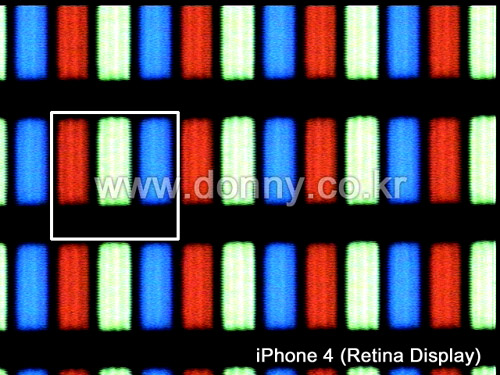
한가지 특이한 점을 발견했는데, 군데군데 푸른색 sub-pixel 한쪽에 까만 점이 보입니다. 어떤 회로를 추가했다는 의미인데 그게 무엇인지는 모르겠습니다. 같이 사진을 살펴보던 @starrida 님은 포토센서(밝기 센서)가 들어갔을 거 같다고 하셨습니다.
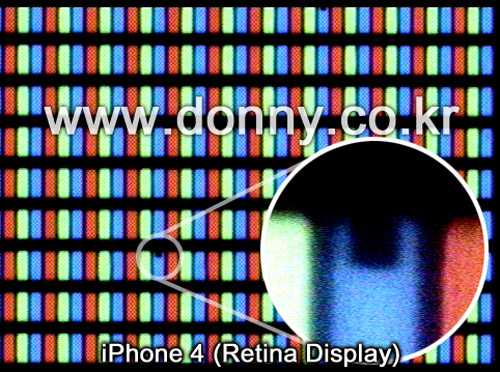
마지막으로 패널별로 픽셀크기를 비교해 보겠습니다.
픽셀크기는 해상도와 화면크기만으로 계산이 가능하고 또 자료를 찾아보면 iPhone 3gs: 163ppi, Galaxy S: 233ppi, iPhone 4: 326ppi (ppi: Pixel Per Inch)인 것을 알 수 있지만 직관적으로 비교할 수 있는 그림을 그려보았습니다.
당연한 얘기지만 픽셀크기가 작을 수록 화면이 더 조밀하고 또렷하게 보입니다.
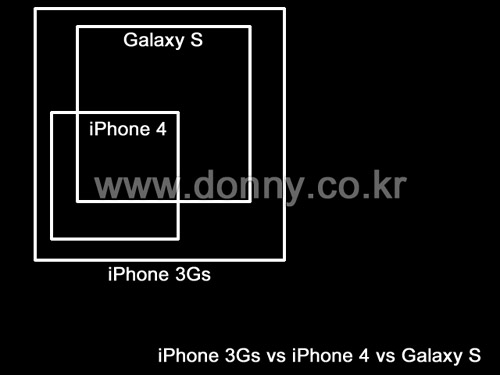
iPhone 3gs, iPhone3, Galaxy S의 화면 구조에 대하여 비교해보았습니다.
서두에 말한 것 처럼 어느 제품의 화질이 더 나은지는 언급하지 않겠습니다. 각각 장점도 있고 단점도 있으니까요. 색재현률, 시야각, 소비전력, 명도 대비 등의 비교는 이 곳 자료를 참고하세요.
여담이지만 2010년에 휴대폰에 960×640 해상도가 사용될 것이란 것은 디스플레이용 반도체를 만드는 저도 정말 상상하지 못했던 일이었습니다. 작년에 거의 같은 해상도의 제품을 만들긴 했지만…
“설마 이렇게 고해상도가 필요하겠어? 패널수율도 안나오는데… 만들어도 얼마나 팔릴까?” 라고 생각하고 있었습니다. 이거 머잖아 정말 핸드폰에 HD화면이 들어갈 상황입니다.
이러한 경쟁으로 인해 눈부시게 빠른 기술발전이 되면 소비자들은 행복합니다. 대개 성능차이에 비해 가격차이는 적은 편이거든요. 날로 높아지는 눈높이 맞추느라 고생하시는 개발자 분들 힘내시란 말로 마무리하겠습니다.
@0donny

